Unsplash Around the World: India 🇮🇳
Through the lens of 5 India-based contributors
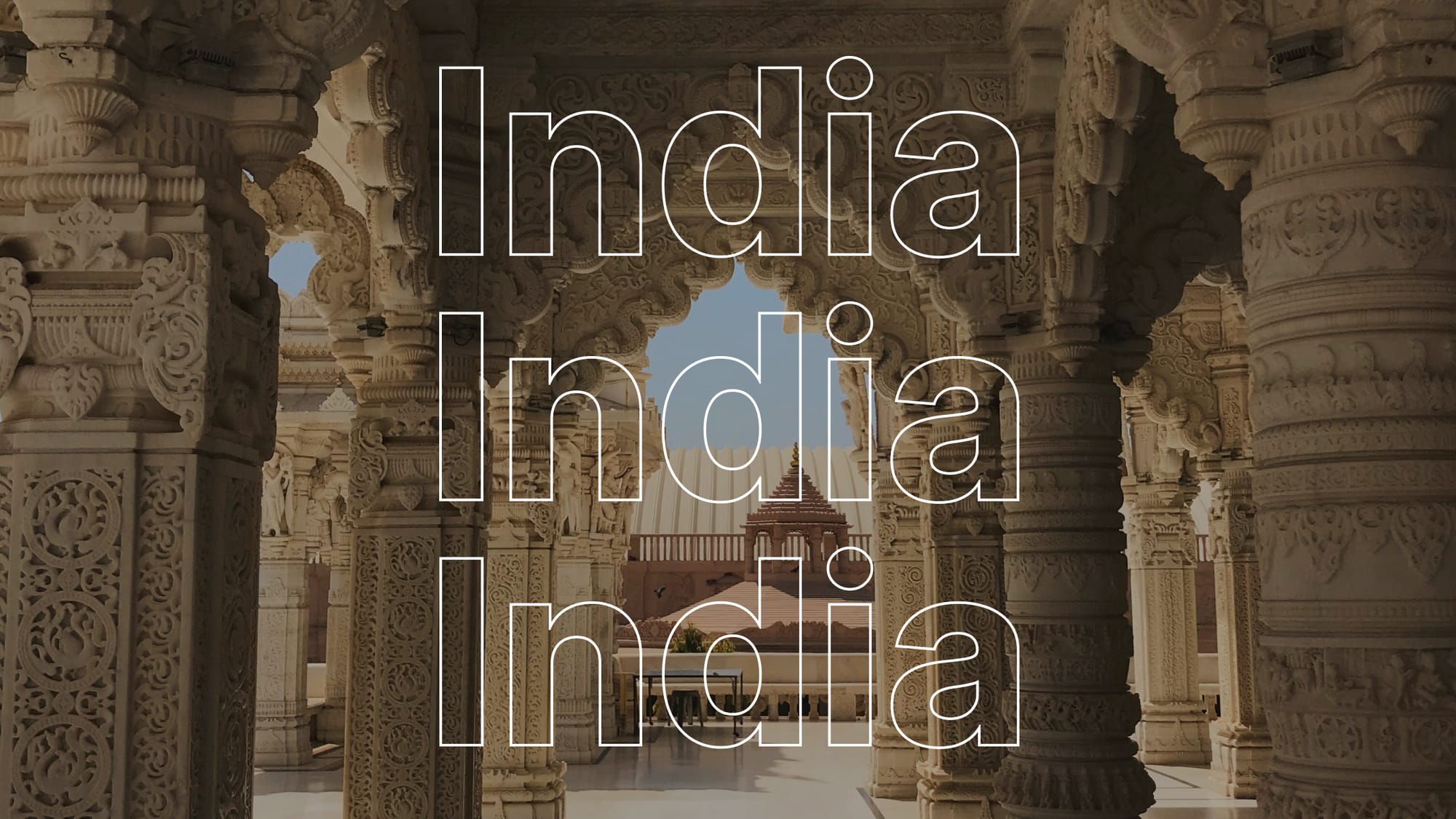
Uncover the beauty of India and delve into the rich tapestry of its culture, heritage, and landscapes, as captured through the lenses of talented community members Dibakar Roy, Pramod Tiwari, Prakriti Khajuria, Bhakti Parab, and Swastik Arora.

Who are you and where are you located?
Dibakar Roy: I work in sales & marketing and as a professional photographer. I am associated with the Plankton Exhibition as a Documentary Photographer. I lived in New Barrackpur, Kolkata, India.
Pramod Tiwari: I'm a passionate hobbyist photographer and digital artist based in the heart of Delhi, India.
Prakriti Khajuria: I am a photographer, art director, and graphic designer born in the district of Udhampur, Jammu and Kashmir, presently studying Fashion Art Direction in Florence, Italy.
Bhakti Parab: I’m a cinematography student from Mumbai, India.
Swastik Arora: I'm a full-time filmmaker from Hansi, Haryana, India. I've always been passionate about photography, exploring angles and lighting to capture compelling stories.
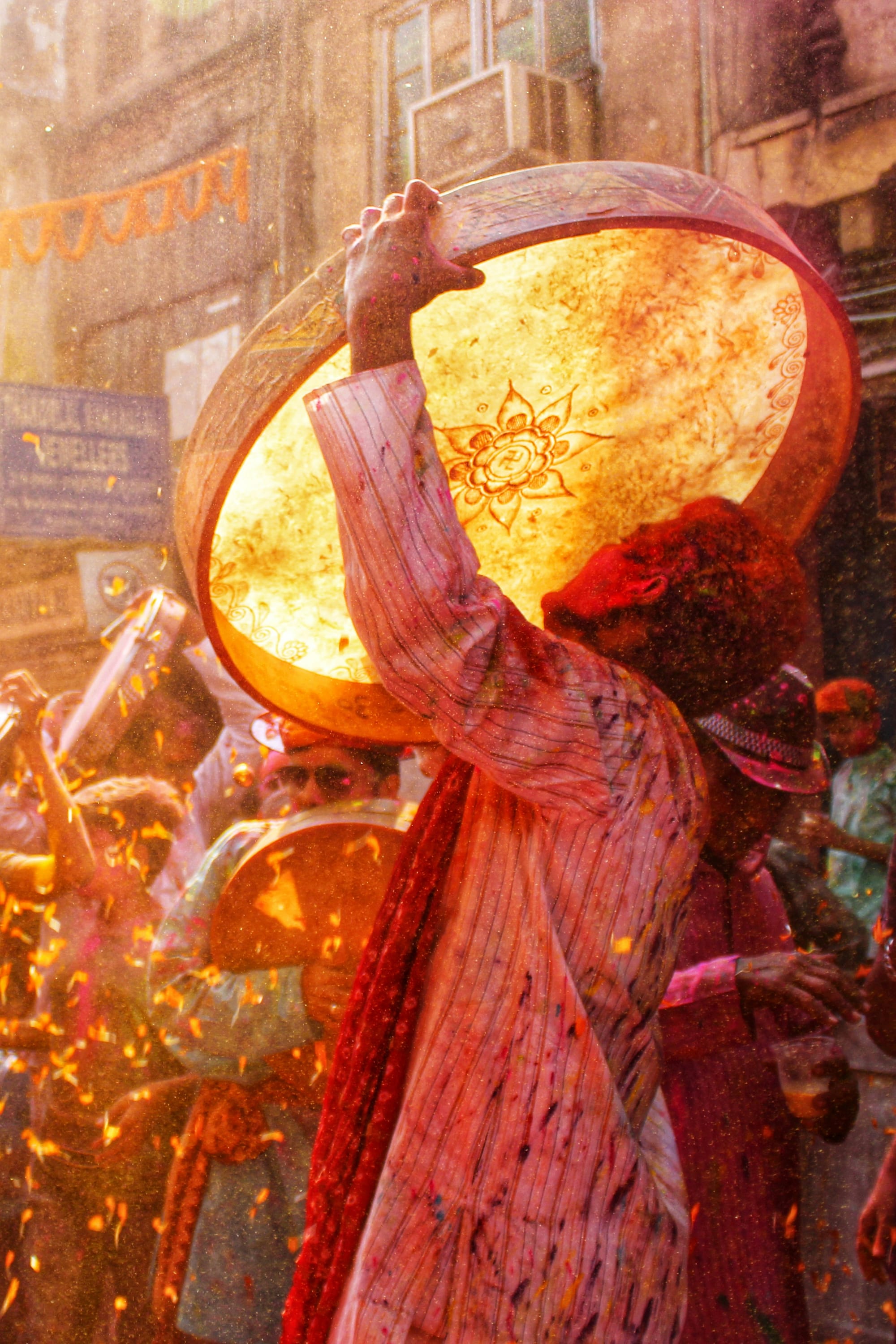
What do you love most about India?
Dibakar: The diversity of its cultures and traditions. So many colorful cultural events and people’s engagement with their traditions.
Prakriti: Moving away from my country helped me see the beauty of it that I couldn’t appreciate before. I love the colors of India: colors of not just textiles but the ones inside a ‘masala (spice) box’ in every household. The warmth people carry in their hearts, how welcoming they are, and how every Indian family loves to feed you!
Swastik: Its rich and diverse culture, which spans thousands of years and encompasses a myriad of traditions, languages, cuisines, and art forms. The vibrancy of Indian culture is truly captivating, from colorful festivals like Diwali and Holi to classical dances like Bharatanatyam and Kathak.
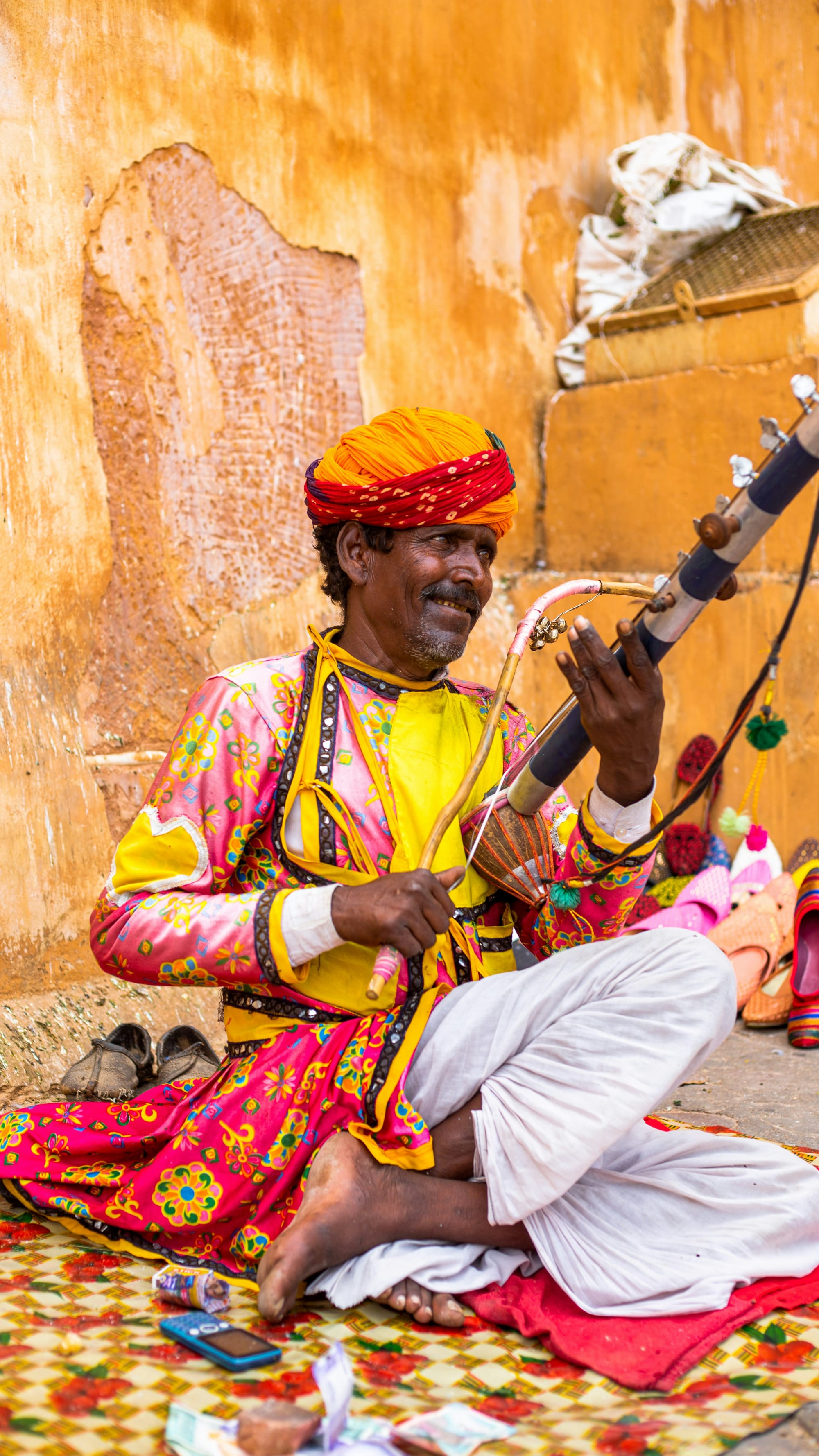
What do you love most about the culture?
Pramod: From the bustling streets of Old Delhi to the blissful evening aarti in Varanasi, every corner of India has a story to tell and a unique flavor to offer. But above all, it's the people, their hospitality, resilience, and zest for life, that truly make Indian culture so special.
Bhakti: The cultural diversity. Each state, city, and region has its unique culture and food.
Swastik: Whether it's celebrating Diwali with lights and fireworks, participating in Holi's colorful festivities, or observing the auspiciousness of Navratri, these traditions and festivals bring people together and foster a sense of community.
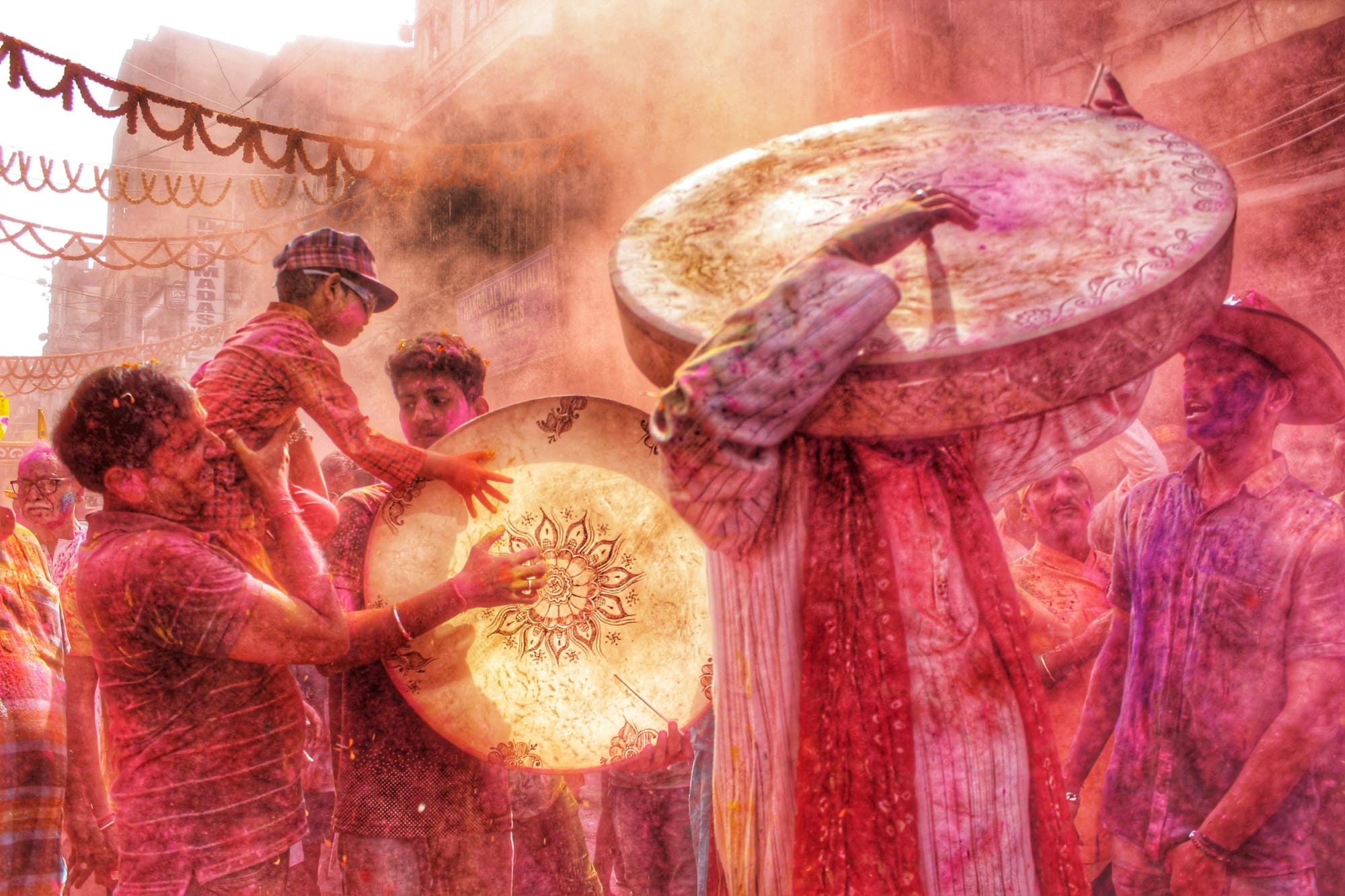
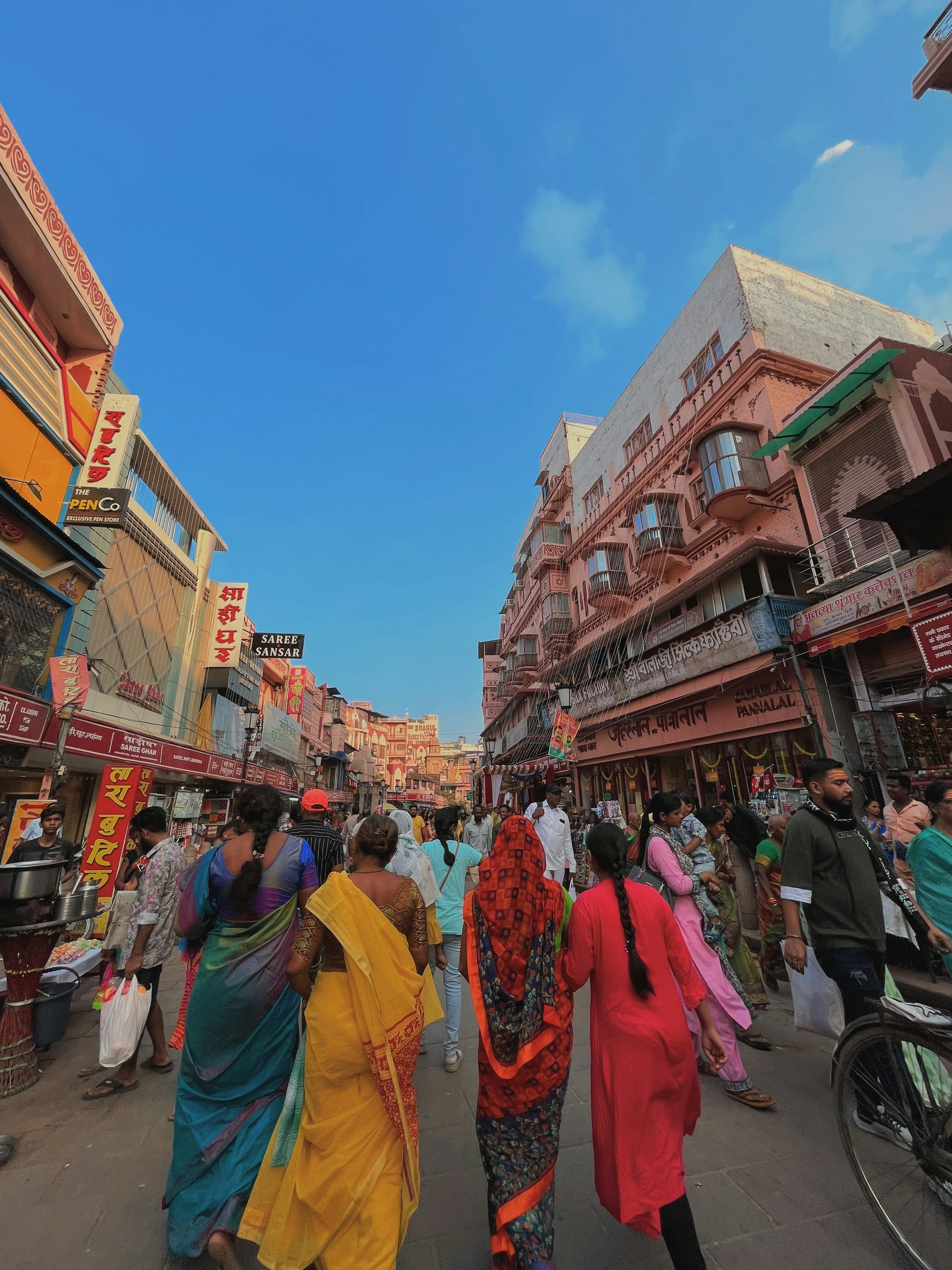

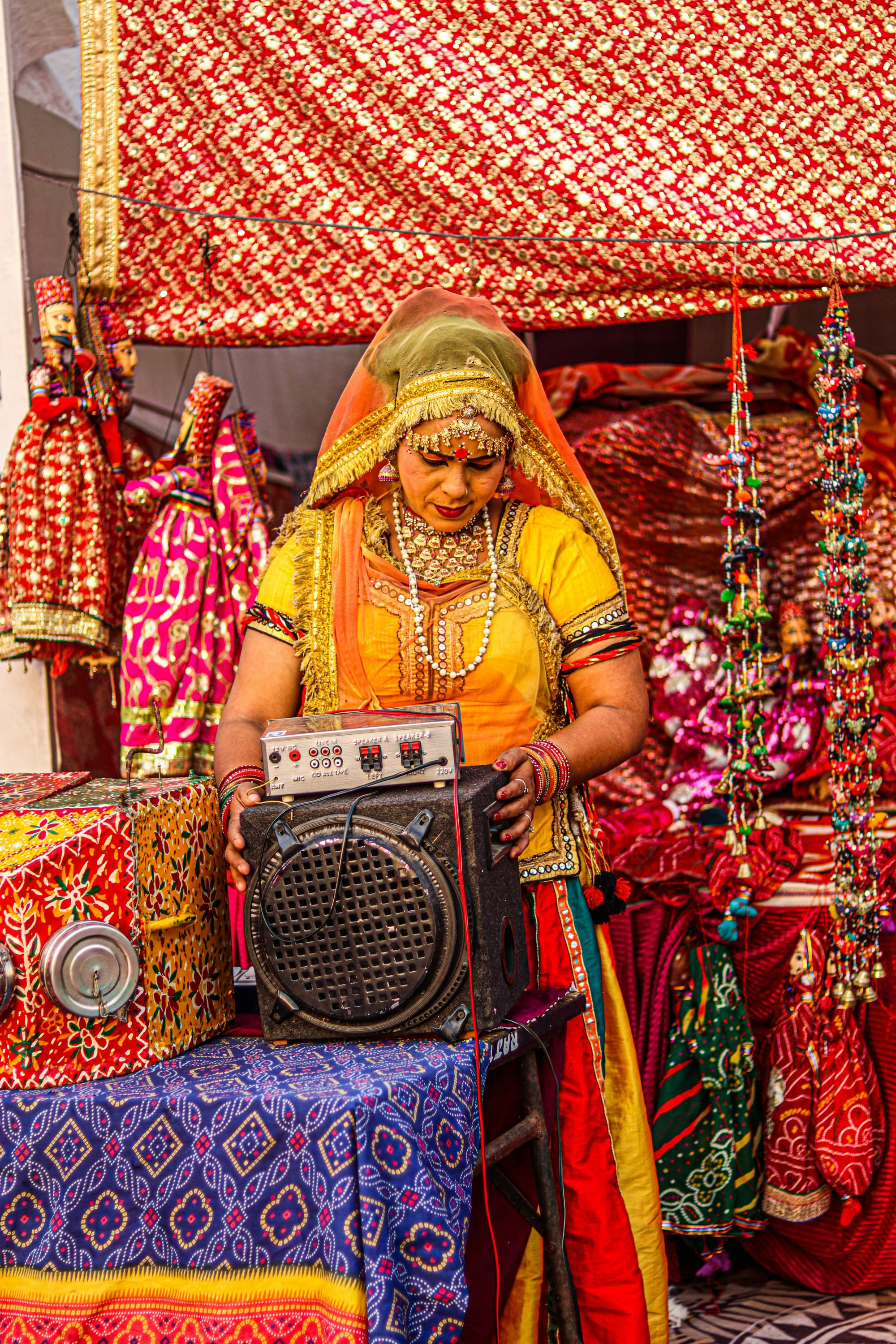
Images by Dibakar Roy, Bhakti Parab, Pramod Tiwari and Swastik Arora
How does living in India inspire your photography?
Dibakar: India is a very colorful and joyful country for its various cultures and traditional rituals. Indians celebrate every festival in a unique way that always attracts me to participate and is documented by my photography.
Prakriti: In a subcontinent that’s home to over 100 languages, 700 different tribes, various religions, ethnicities and customs, there is always something new to discover and adapt to. It’s through photography that I have been able to connect with the people in my country closely and know their stories.
Bhakti: Vibrant Colors: India motivates me to shoot more in color! The vibrant hues in clothing, architecture, or street scenes, can create striking compositions that captivate viewers.
Cultural Richness: India's diversity provides endless opportunities for photographers to capture unique moments, colorful festivals, traditional ceremonies, and everyday life scenes that reflect the richness of Indian culture.
Street Photography: From bustling markets and crowded lanes to serene rural villages, the streets of India provide a rich tapestry of human interactions, emotions, and stories waiting to be captured through a lens.
Spiritual and Religious Significance: The country's temples, mosques, churches, and sacred sites serve as important subjects for photographers interested in capturing the spiritual essence and religious diversity of India.
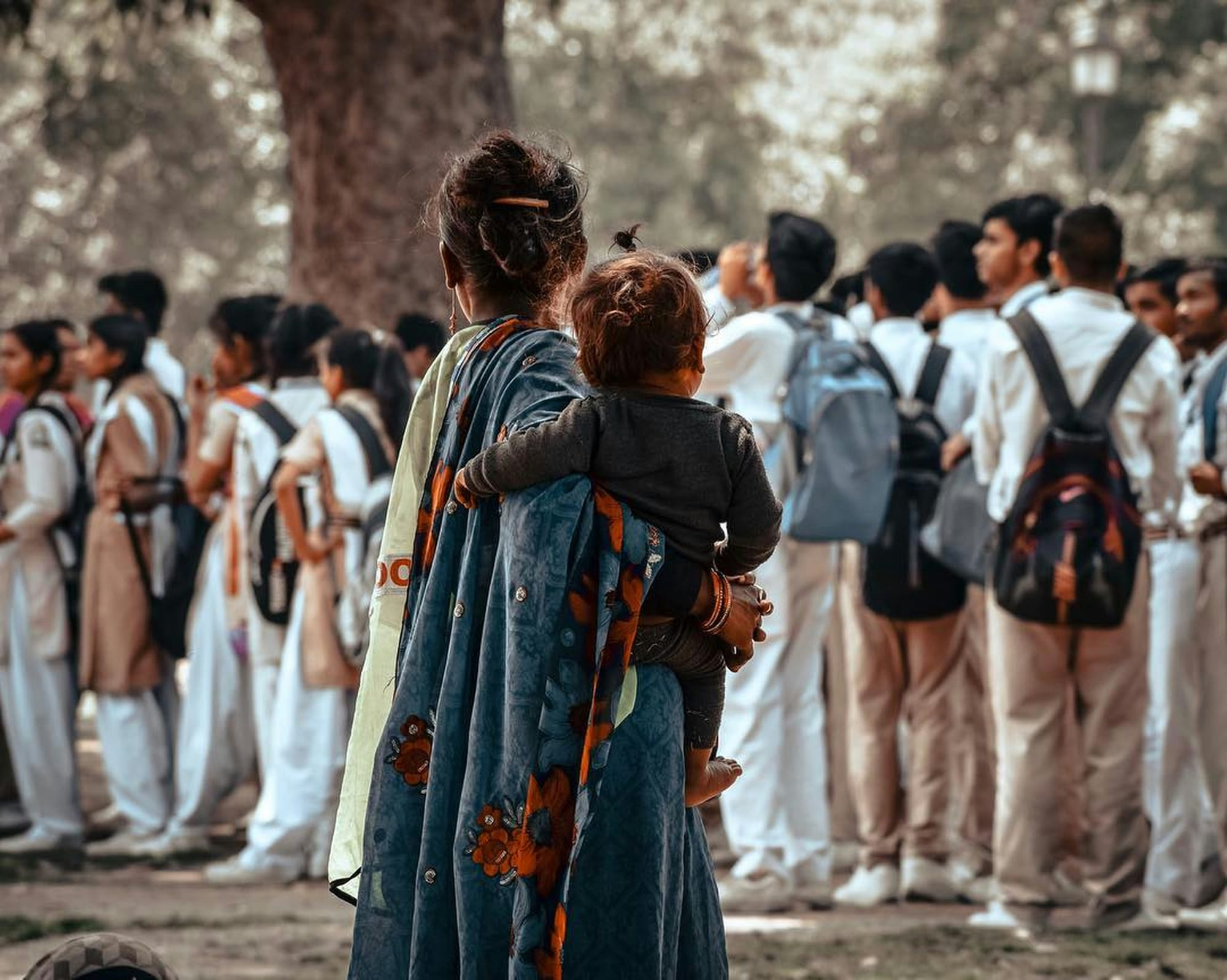
What is your favorite place to take photos in India?
Dibakar: Kolkata because of its unique street life and some local festivals.
Pramod: Delhi, with its bustling markets, ancient architecture, celebration of all the festivals and vibrant street life, offers endless opportunities for capturing unique moments.
Swastik: Varanasi is a photographer's paradise, offering timeless charm, spiritual ambiance, and vibrant street life. The ancient ghats along the Ganges River and bustling markets provide endless opportunities for compelling images. The mesmerizing Ganga Aarti rituals during sunrise and sunset create a surreal atmosphere.
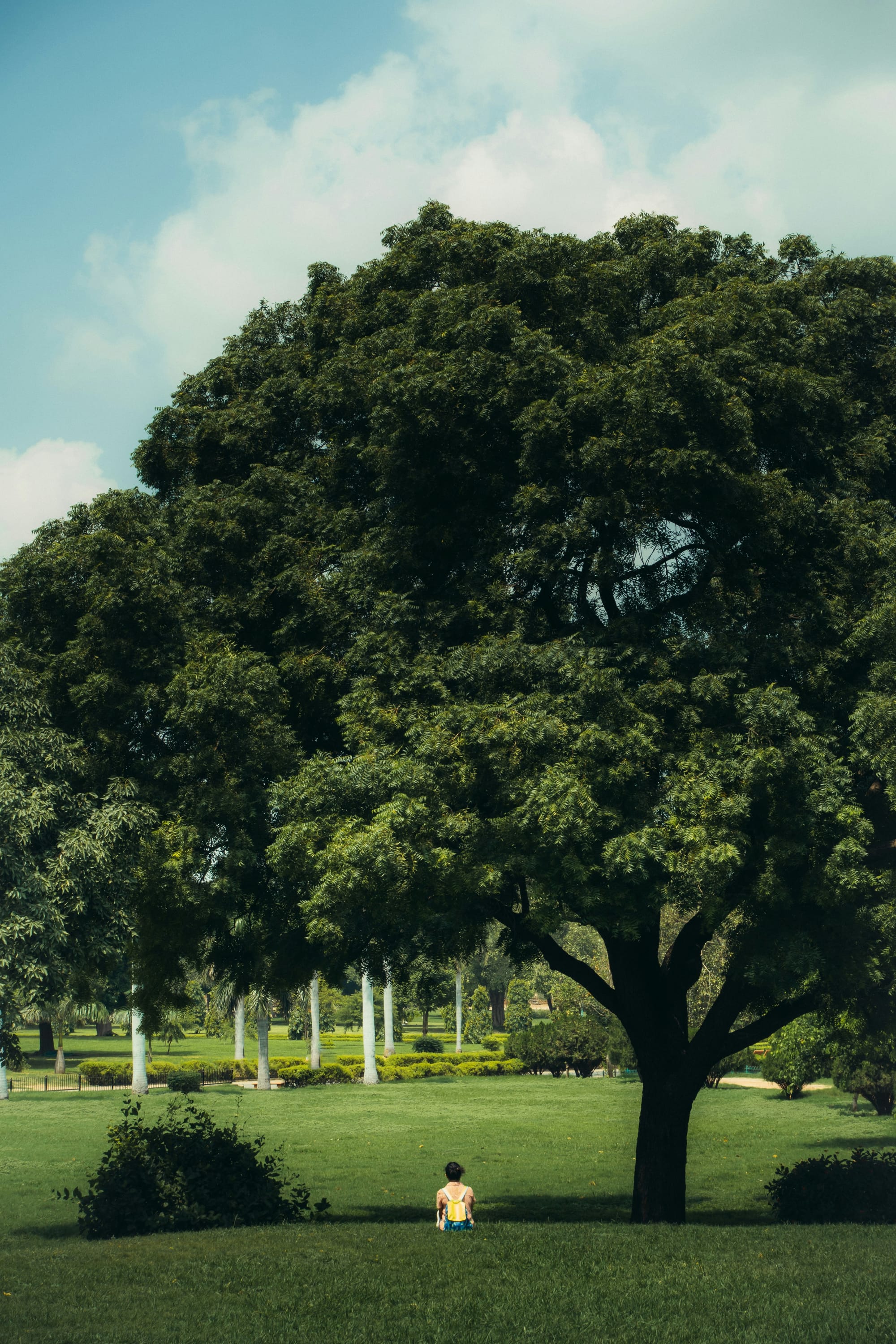
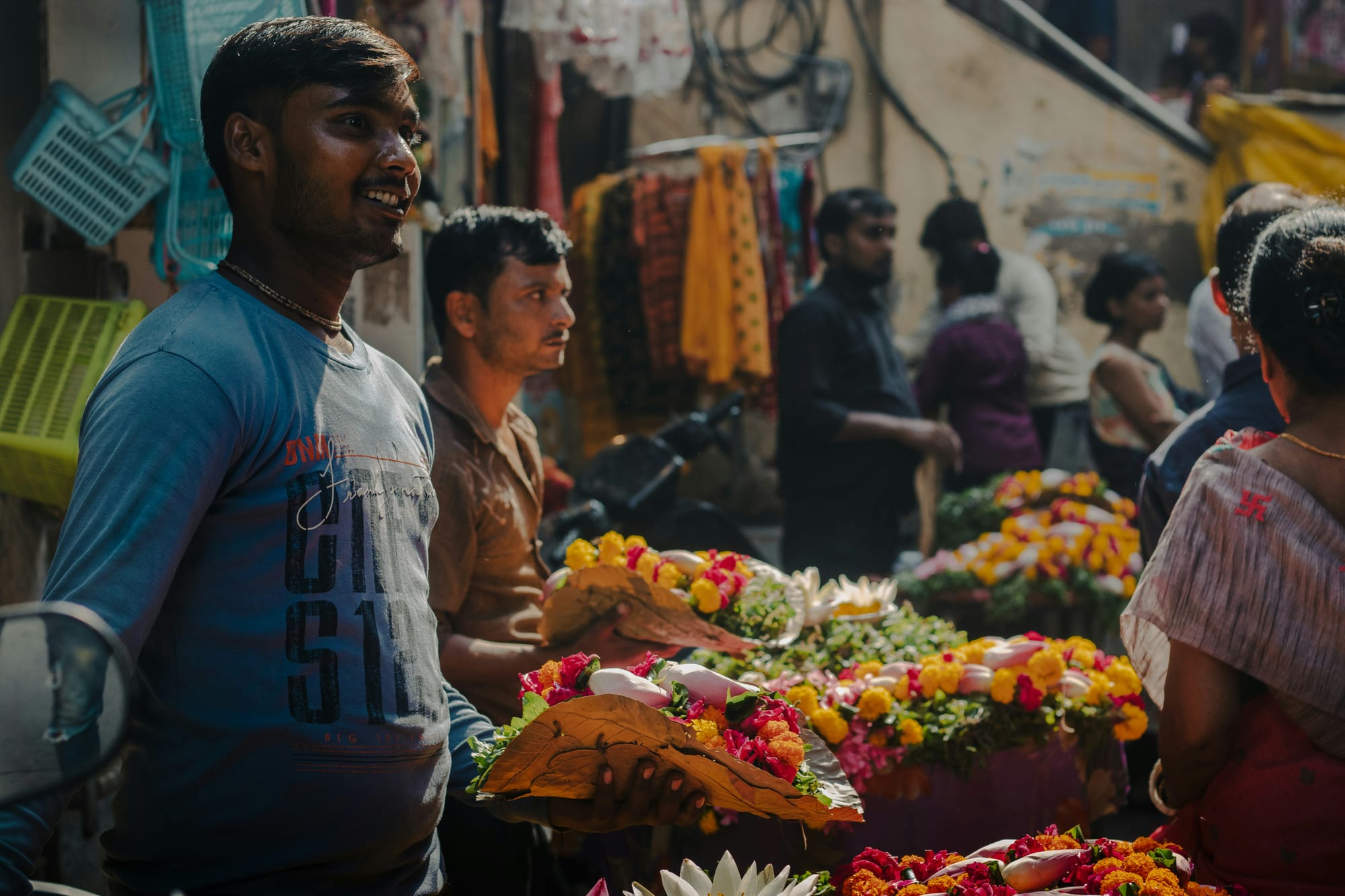
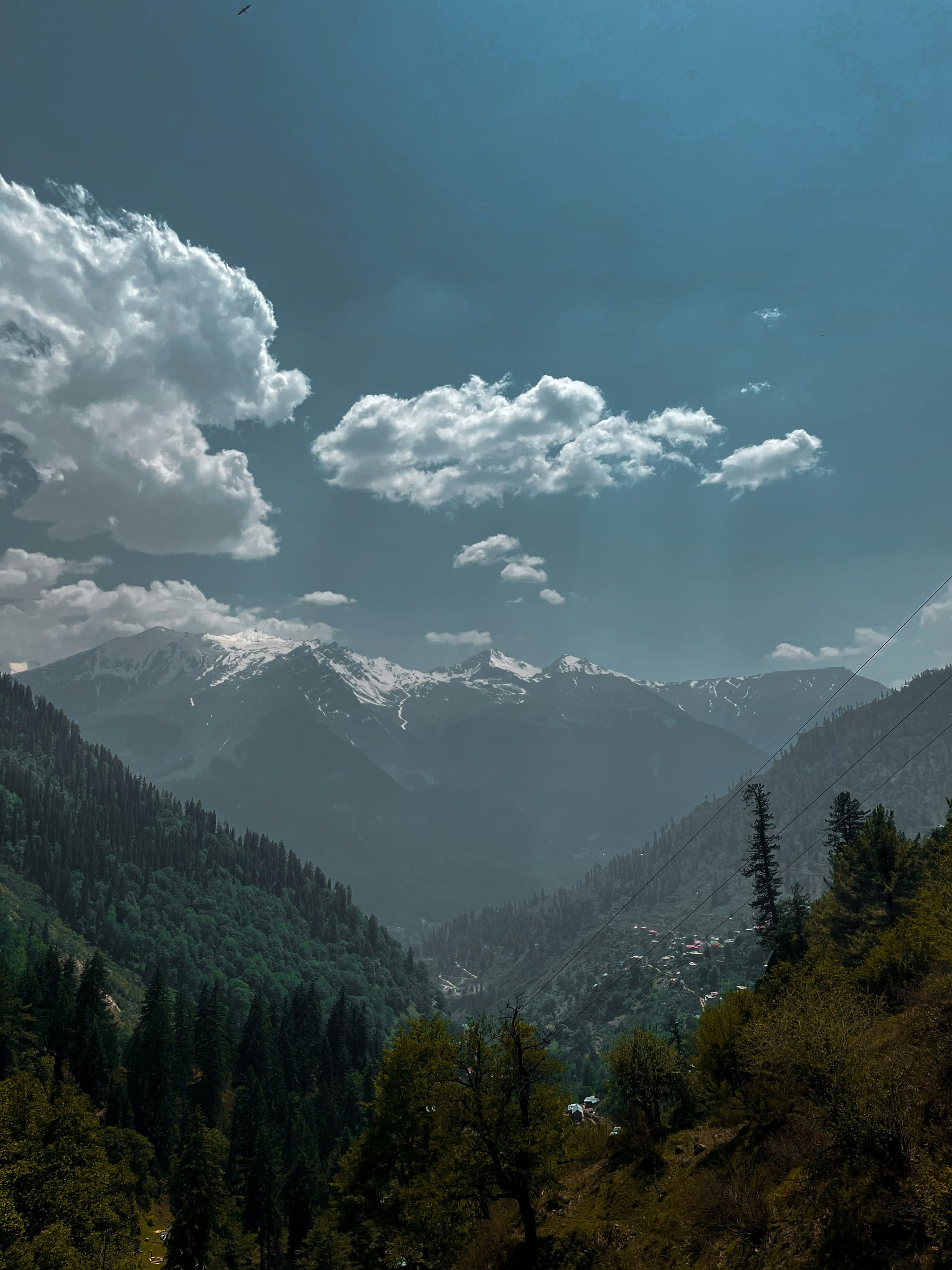
Images by Pramod Tiwari, Swastik Arora and Prakriti Khajuria
What local festivals or events do you love the most?
Dibakar: Durga puja, Chhath puja, Holi festival, Charok, Gaajon and many more.
Prakriti: Holi has stayed on the number one spot for me since I was a kid. Leaving home with your gang of friends, holding buckets filled with water balloons, colors and water guns. Finding people on the street and saying ‘Holi Hai!’ (It’s Holi!) as you start to run after them with your so-called armory. A festival of abundant laughter, colors and joy that a huge number of people celebrate together over everyone’s favorite food. Taking photographs on the day of Holi has been one of the most adventurous experiences.
Swastik: Diwali is more than a festival of lights; it's a celebration of joy, togetherness, and the victory of light over darkness. The magical atmosphere is filled with colorful lights, vibrant decorations, and the aroma of sweets. It brings families and communities together to exchange gifts, share delicious meals, and light diyas. The fireworks display adds excitement, while the deeper spiritual significance symbolizes the triumph of good over evil and the importance of inner light and knowledge. Overall, Diwali is a time of joy, love, and shared blessings, making it truly special.

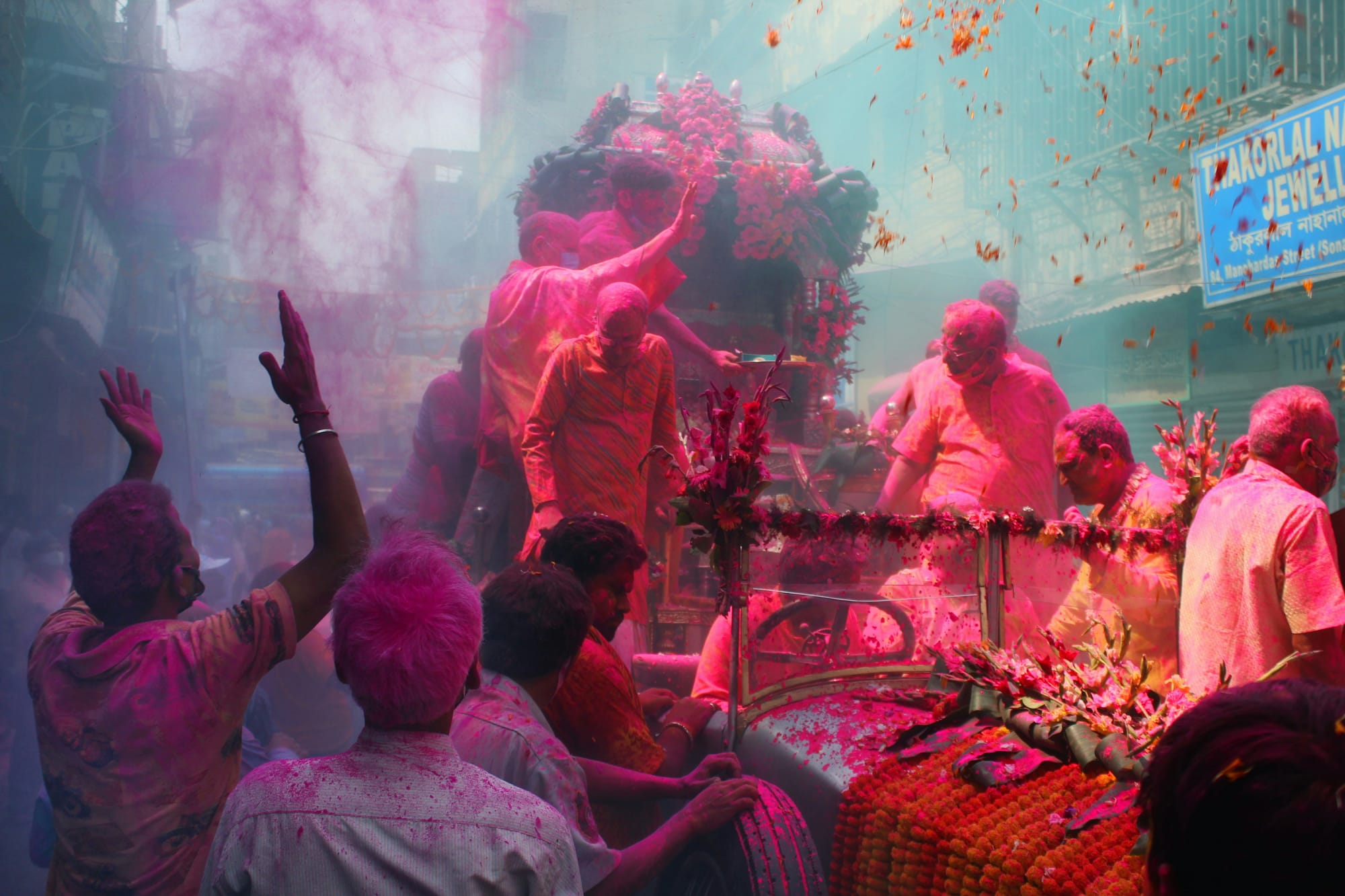
Images by Pramod Tiwari and Dibakar Roy
What advice would you give to someone visiting India for the first time?
Pramod: Embrace the chaos and immerse yourself in the local culture. Be open to new experiences, flavors, and customs. And most importantly, don't forget to pack your camera! As someone who has lived in Delhi and hasn't yet explored all the beauty India has to offer, I understand the anticipation of experiencing the diverse landscapes, cultures, and traditions across the country. So, keep your spirit of adventure alive, and who knows, we might just meet on one of those unforgettable journeys!
Bhakti: Firstly, give it some time, be patient and let it grow on you. Learning about the various cultures and customs you encounter during your visit to India can be overwhelming for first-time visitors. Be prepared for sensory overload –the sights, sounds, smells, and crowds can be intense, so take your sweet time to settle in and adjust. Indian cuisine is delicious and diverse, but it can also be spicy and rich. Be mindful of what you eat and drink, especially if you have a sensitive stomach. In terms of food, be open to trying out new things, ask locals rather than following the bloggers! You won’t regret it!! Venture off the beaten path to discover hidden gems, local markets, authentic eateries, and lesser-known destinations that offer a more authentic glimpse of Indian life. Indians are known for their hospitality and warmth, and engaging with locals can lead to meaningful connections and memorable experiences.
Swastik: Visiting India for the first time can be an exhilarating and enriching experience, so it's important to embrace the diverse culture, plan your itinerary to maximize your time, prioritize safety by exercising caution in crowded areas, and dress appropriately to respect local customs and traditions, especially when visiting religious sites or rural areas.

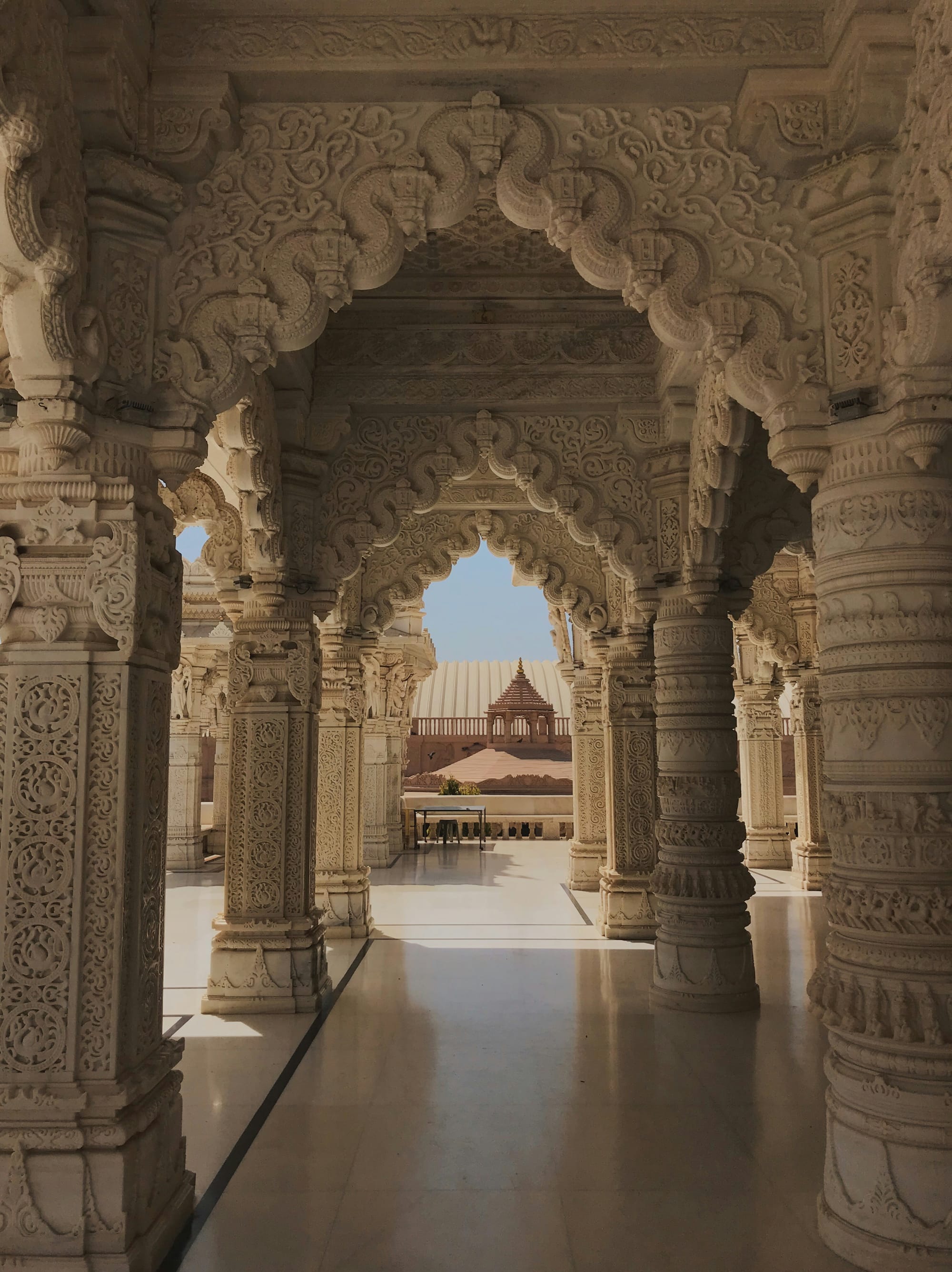
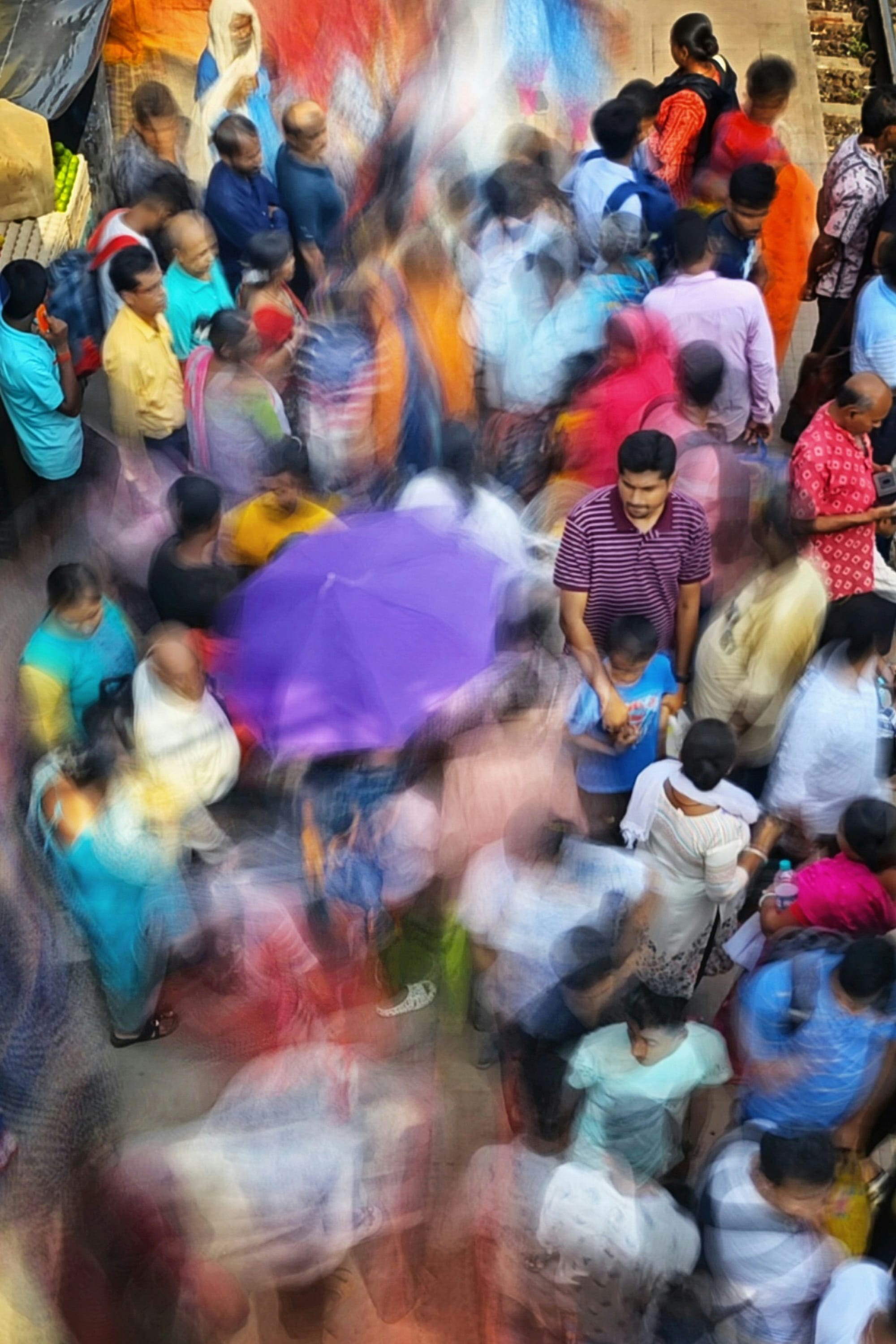
Images by Pramod Tiwari, Bhakti Parab and Dibakar Roy
What is the one thing you would like people to know about your country?
Dibakar: Unity in Diversity. In India there are so many religions that have their own culture and traditions but we all celebrate every festival with love and joy.
Prakriti: The healthy and sustainable habits that the West is just starting to adopt, like practicing Yoga, meditating, learning about Ayurveda, etc began in India. Our ancestors knew the importance of having a strong foundation for one’s mind and body, acquired knowledge from ancient texts like the Vedas, and built daily routines in line with nature and the cosmos.
Bhakti: It's a country where every corner offers a unique experience, where ancient traditions coexist with modern innovations, and where the richness of its heritage continues to inspire and amaze visitors from around the world.
What is your favorite photo you have taken that captures India?





What is the best season to take photos in India?
Pramod: Every season has its own charm, but personally, I find the winter months to be ideal for photography. Mild temperatures and festive atmosphere make for stunning shots.
Prakriti: Every season has something beautiful about it. Spring and Summer is when you can capture the opulence of colors and flowers. There are more people on the streets and the spirits are high. Rainy season comes with a promise of romance and a chance to get poetic photographs. And even though one wouldn’t find the same energy on the streets during colder months, it’s the snow-covered mountains you should point their cameras at, for the magic and surrealism.
Swastik: The best season for photography in India is generally the winter months from November to February, offering pleasant weather, clear skies, softer sunlight, and ample opportunities to capture vibrant cultural events. However, unique photography opportunities can also be found during the monsoon season (June to September) in regions with lush greenery and dramatic landscapes.
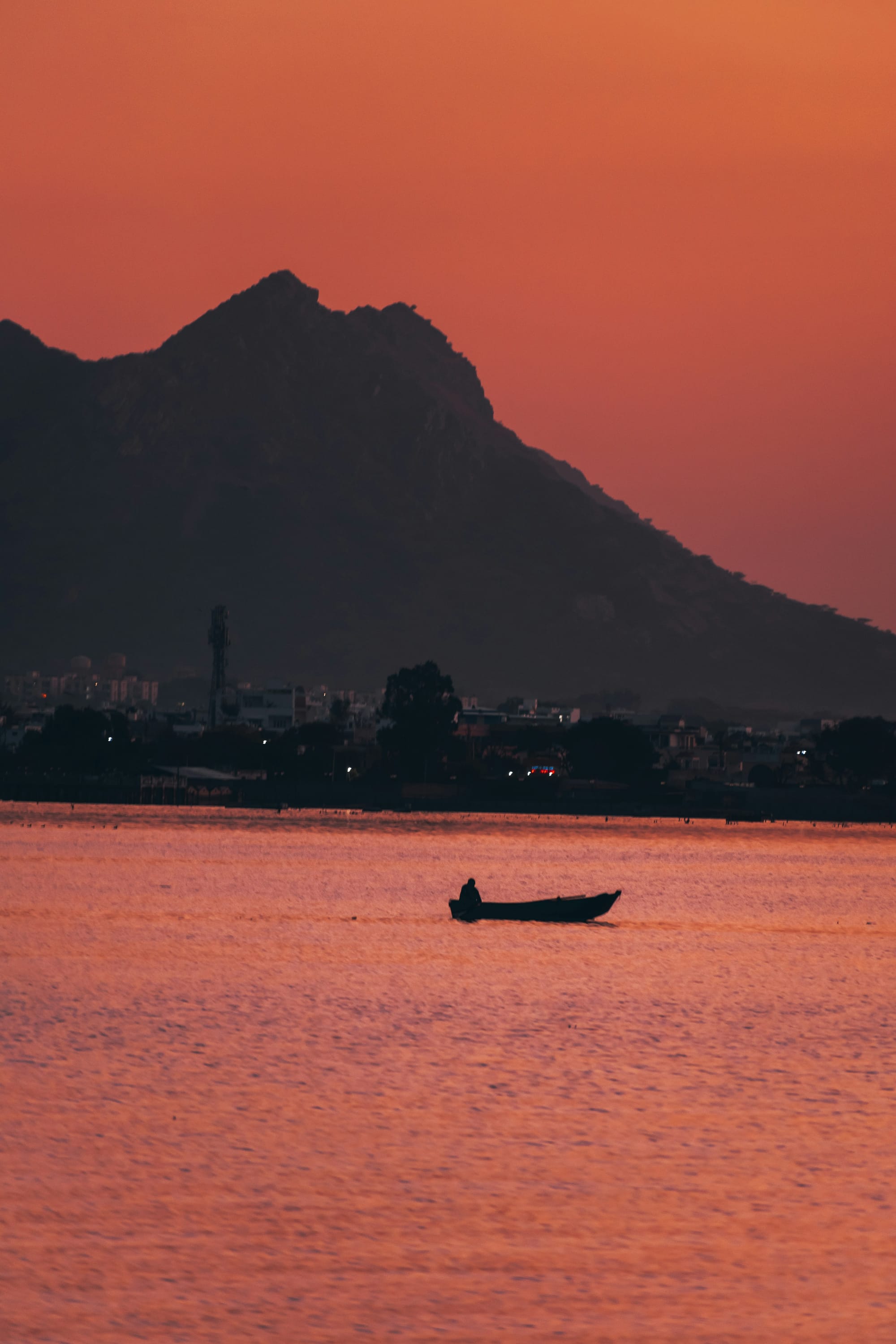
Can you discuss any challenges or advantages of being a photographer in India compared to other countries?
Pramod: One challenge can be navigating the crowds and chaos, especially in popular tourist spots.
Prakriti: People are slightly more reluctant and surprised by a cameraperson in India than anywhere else. But if one begins with a conversation and makes an effort to familiarize oneself with them, then it definitely gets easier and interesting.
Bhakti: Personally, I found that I get a lot of freedom to convey my imagination. However, the crowd, chaos, and constant changes in infrastructure can be challenging.

Describe your country in one word.
Dibakar: Heaven
Pramod: Diverse
Prakriti: Epic
Bhakti: Diverse
Swastik: Inspirational
See you next month at our next around-the-world location! 👋
